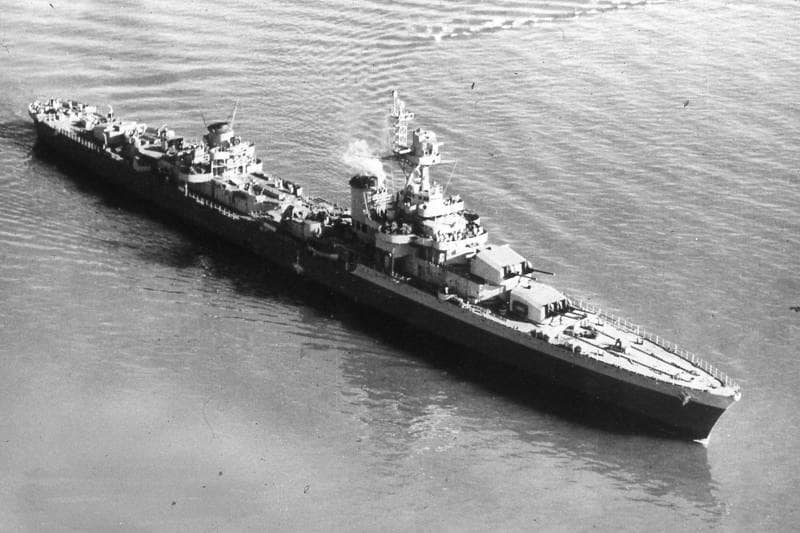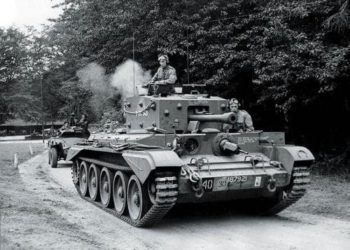The Battle of the Caribbean and Vichy French Forces

Now the other day I talked about the Battle of the Caribbean, where I briefly mentioned the Vichy French forces in the region.
Now after France surrendered in 1940, the French territories of Martinique, Guadeloupe, French Guiana, and others fell under the dominion of the Vichy French government.
Vichy French Controlled Territories in the Caribbean
Now obviously, these “Pro German” territories were a cause of both great concern and headache for the Allies in the Caribbean. Particularly the Royal Navy and United States Navy, as both Martinique and Guadeloupe were seen as possible ports of call for German submarines operating in the region. There was also a real fear that the Vichy French forces in these territories could be used to attack allied shipping and even British held islands.

It was believed that there were at least 100 aircraft in the French islands alone. While the cruisers Émile Bertin and Jeanne d’Arc were present alongside the Aircraft Carrier Béarn, it was a small force, but one that could still cause havoc in the region.
But despite fears that the Vichy French could have carried out attacks of their own, the truth was that the Colonial government on Martinique really couldn’t do anything. The French West Indies were small islands that relied heavily on trade with the other Caribbean islands. Since the Vichy Government was not friendly to the Allies (who held the rest of the surrounding islands), it was highly unlikely the French Forces would have been able to sustain a long-term offensive of their own. There was really no way for them to get resupplied from Europe, anyway.
Internal Struggles and External Pressures
There was also the fact that despite the Colonial government siding with the Vichy Regime, most of the population really didn’t. As the (mostly African descent) population were subjected to racism from both the Colonial government and the French military on the islands. Needless to say, there was a very real chance of a civil war breaking out as tensions were rather high. Some idealized this period as a golden age of self-sufficiency for the territories, but it really wasn’t as many suffered as a result of the Allied blockade.

Resolution and the Gentleman’s Agreement
But crisis was averted when the Colonial government, led by French Admiral Georges Robert, came to a “gentleman’s agreement” with the United States. Basically, the U.S. would allow ships carrying food and other vital supplies to dock in the French Islands. But the naval ships operated by said government had to be immobilized and abandoned by their crews.
But eventually, Robert’s regime in the islands came to an end when an insurrection broke out in Fort-de-France on June 24, 1943. Eventually, the Garrisons sided with the dissidents and the island soon became part of the “Free French” forces.
~NC










